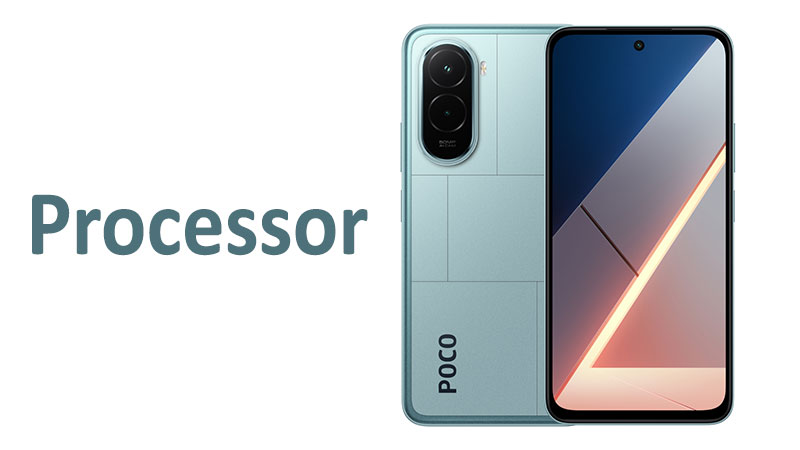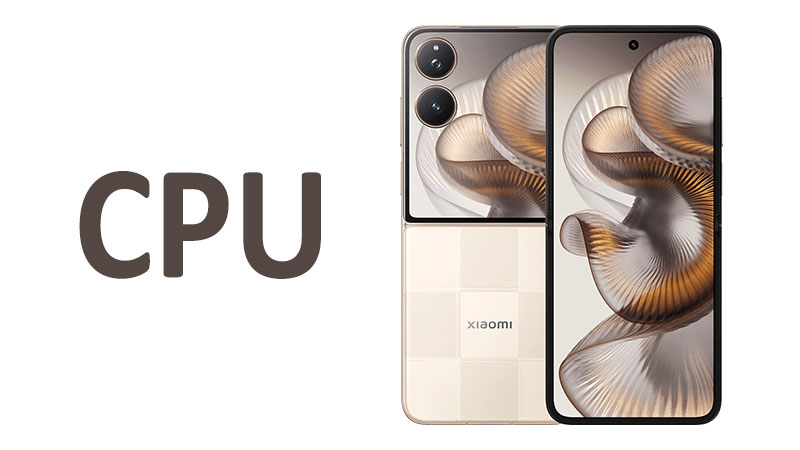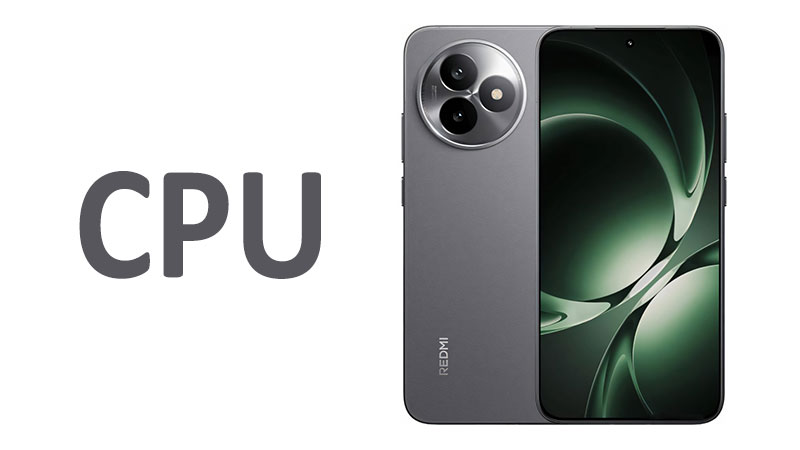The smartphone market is a highly competitive space, with manufacturers constantly pushing the boundaries of technology. At the heart of any modern smartphone lies its processor, the central nervous system that dictates everything from performance and power efficiency to gaming capabilities and AI processing. The new Xiaomi Poco M7 Plus is a device that’s been generating significant buzz, and a large part of that excitement is due to its chosen chipset: the Qualcomm SM6375 Snapdragon 6s Gen 3. In this comprehensive article, we will dissect this processor to understand its strengths and weaknesses and see how it holds up against the competition.
A Detailed Look at the Snapdragon 6s Gen 3
The Qualcomm Snapdragon 6s Gen 3 is built on a 6 nm fabrication process. This means its transistors are packed more densely than those on older chips, which generally translates to better power efficiency and less heat generation. The CPU is an octa-core design, featuring a big.LITTLE architecture. It has two high-performance Cortex-A78 cores clocked at 2.3 GHz and six power-efficient Cortex-A55 cores clocked at 2.0 GHz. This hybrid setup allows the phone to handle demanding tasks and everyday activities with a balance of speed and battery life. For graphics, the chipset is equipped with the Adreno 619 GPU.
Specialized Comparisons
To truly appreciate the Poco M7 Plus processor, it’s important to compare it with its peers. The Snapdragon 6s Gen 3 is a solid mid-range offering, positioned to compete with chipsets like the MediaTek Dimensity 7025. The Snapdragon 6s Gen 3 shows a noticeable improvement over its predecessor, the Snapdragon 6 Gen 1, with enhanced CPU and GPU performance. For instance, the Snapdragon 6s Gen 3 boasts a higher AnTuTu 10 score, indicating better overall system performance. It also offers superior AI capabilities and better power management. However, when you stack it against a high-end mid-range chip like the MediaTek Dimensity 8100, the Snapdragon 6s Gen 3’s performance is more modest, especially in multi-core and graphics-intensive tasks. The Dimensity 8100, for example, is built on a more advanced 5nm process and offers a more powerful GPU, making it a better choice for avid mobile gamers.
Pros and Cons
Like any piece of technology, the Poco M7 Plus processor comes with its own set of pros and cons.
Pros:
- Energy Efficiency: The 6nm fabrication process and the efficient Cortex-A55 cores contribute to excellent battery life, especially when handling daily tasks like web browsing, social media, and video streaming.
- Balanced Performance: The octa-core setup provides a good balance between raw power for demanding apps and efficiency for routine use.
- 5G Connectivity: The integrated Snapdragon X51 5G Modem-RF System ensures fast and reliable 5G connectivity, supporting both Sub-6 and mmWave bands for global compatibility.
- AI Enhancements: The Qualcomm AI Engine and Sensing Hub improve on-device intelligence for a more personalized and intuitive user experience.
- Gaming Capabilities: While not a flagship gaming chip, the Adreno 619 GPU is capable of handling most popular mobile games at moderate settings with smooth frame rates.
Cons:
- Limited High-End Gaming: For graphic-intensive games, the Adreno 619 GPU may not be able to run them at the highest settings without experiencing frame drops or heating.
- CPU Clock Speed: While the 2.3 GHz clock speed is decent, some competing chipsets in a similar price bracket offer higher clock speeds for a slight edge in single-core performance.
- Manufacturing Process: The 6nm process is efficient but is a step behind the 5nm or 4nm processes used in higher-tier and some competing mid-range chipsets.
Important Points for a Buyer
When considering the Xiaomi Poco M7 Plus, the processor is a key selling point. The Snapdragon 6s Gen 3 makes this phone an excellent choice for general-purpose users and moderate gamers. If you spend most of your time on social media, watching videos, multitasking, and playing casual games, the Poco M7 Plus offers a smooth and responsive experience. The large 7000mAh battery combined with the processor’s efficiency means you can get through more than a full day of heavy use without needing to recharge.
However, if your primary use case is hardcore gaming or running highly demanding applications, you may want to look at devices with a higher-tier Snapdragon 7 or 8 series chipset. The Poco M7 Plus is not designed to be a gaming powerhouse, but rather a reliable all-rounder that provides a great user experience at a competitive price point. The inclusion of UFS 2.2 storage and LPDDR4x RAM also contributes to the snappy performance and quick app loading times.
Conclusion
The Xiaomi Poco M7 Plus is a strong contender in the mid-range smartphone market, thanks in large part to its capable Qualcomm Snapdragon 6s Gen 3 processor. This chipset provides a fantastic balance of performance and power efficiency, making the phone a reliable daily driver. It handles everyday tasks with ease, offers capable gaming performance, and is optimized for long-lasting battery life, especially with the huge 7000mAh battery. While it might not be the top choice for users seeking maximum performance for high-end gaming, its overall package of features, including a vibrant display, large battery, and balanced processor, makes it an attractive and sensible purchase for most users.
FAQ
The Snapdragon 6s Gen 3 is capable of running most popular mobile games smoothly at medium settings. For casual to moderate gamers, it provides a very good experience.
The Poco M7 Plus features the newer Snapdragon 6s Gen 3, which is an upgrade over the MediaTek Helio G99 found in some variants of the M6 Pro. The new processor offers better performance and power efficiency.
The Snapdragon 6s Gen 3 is an improved version of the Snapdragon 6 Gen 1, with enhanced CPU and GPU performance, as well as better AI capabilities.



